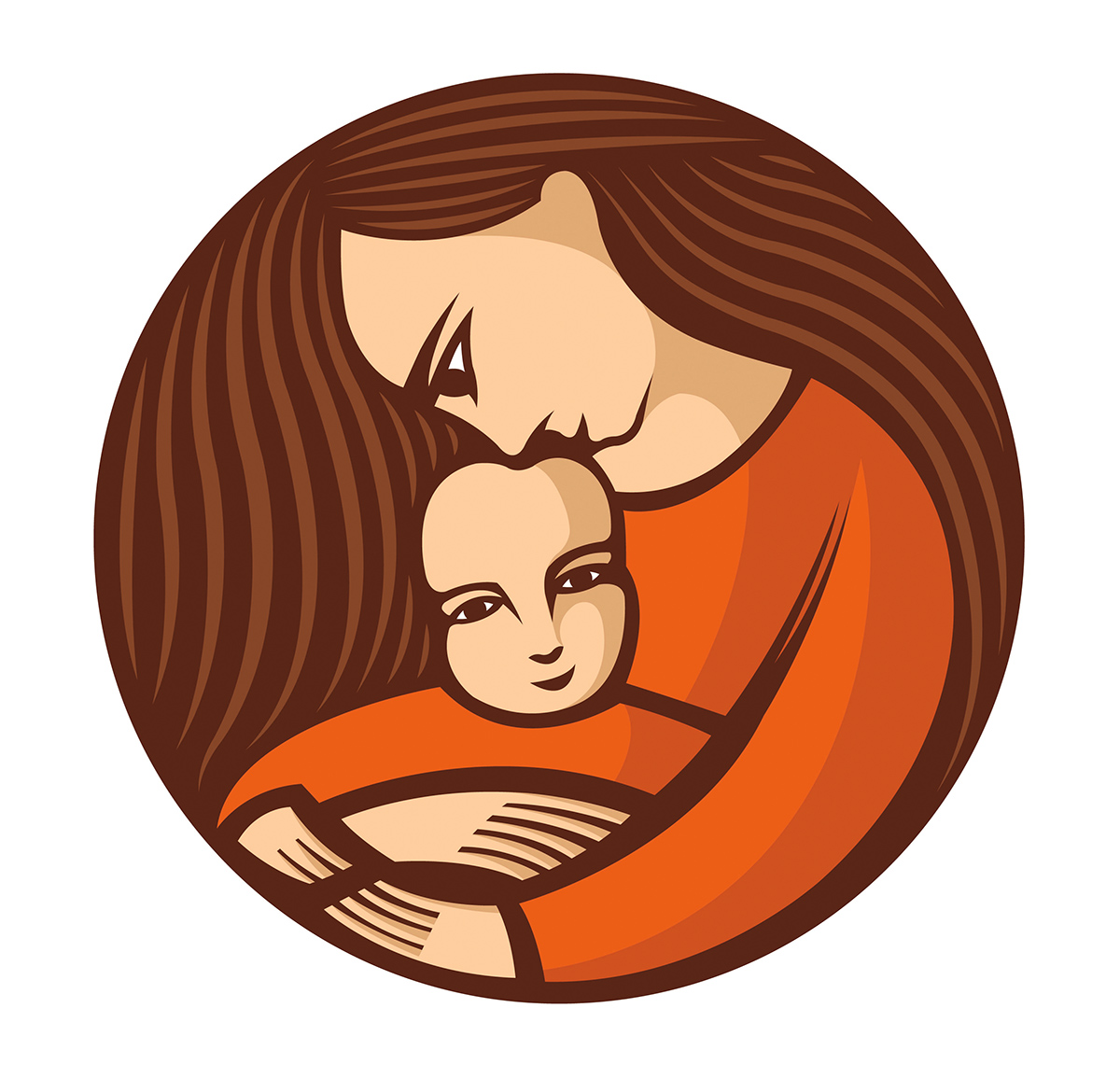Low-dose aspirin may improve pregnancy chances for women with prior miscarriages

Low-dose aspirin therapy before conception and during early pregnancy may increase pregnancy chances and live births among women who have experienced one or two prior miscarriages. “This work is the first to demonstrate that low-dose aspirin therapy may improve the reproductive outcomes of couples who have experienced prior pregnancy losses,” says Dr. Ashley Naimi, associate professor of epidemiology. Naimi led the study with colleagues in the Epidemiology Branch at NIH’s Eunice Kennedy Shriver National Institute of Child Health and Human Development (NICHD).
The trial included more than 1,000 women between 18 and 40 years old with one or two previous miscarriages. The women received either daily low-dose aspirin (81 milligrams) or a placebo while trying to conceive. If they did conceive, they would continue to receive this regimen through the 36th week of pregnancy. Although the original study, published in 2014, found no overall difference in pregnancy loss
rates between the two groups, there was a higher birthrate for women who had experienced only one previous miscarriage before the 20th week of pregnancy.
Unlike the original analysis, the current reanalysis considered whether a participant adhered to the treatment, skipped days, or discontinued it entirely, possibly because of side effects such as bleeding, nausea, or vomiting. The researchers found that, for every 100 women adhering to the aspirin regimen for at least five days a week, there were eight more positive pregnancy tests, six fewer pregnancy losses, and 15 more live births. Women who adhered to the therapy four days per week experienced similar results. The researchers concluded that taking low-dose aspirin at least four days a week could improve the odds for pregnancy and live births in this group of women.


